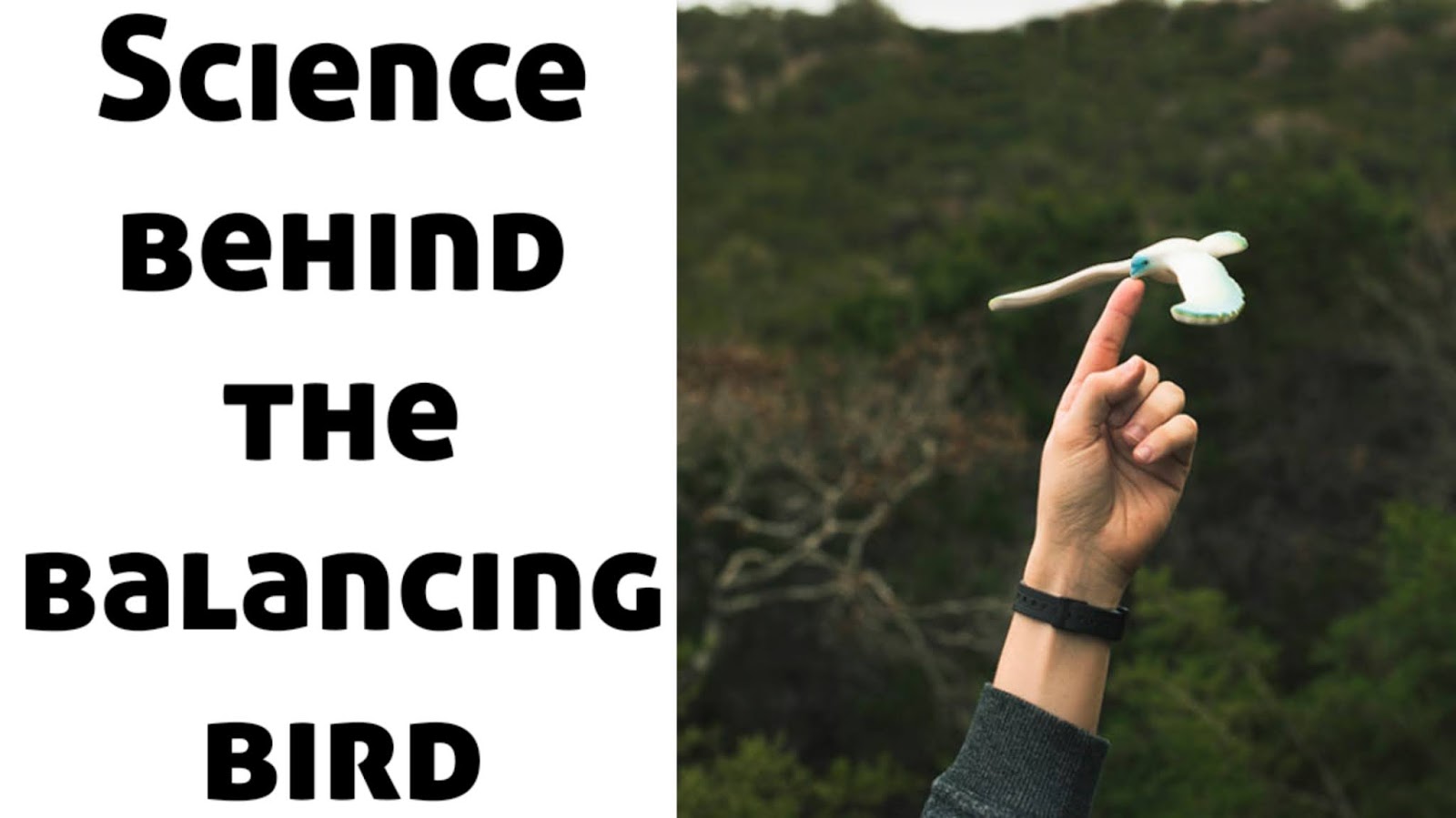Introduction
If you’ve ever wondered how electronic devices manage current flow so precisely, the answer often lies in a simple yet powerful component: the diode. In electronics, a diode is one of the most fundamental building blocks. Despite its small size, it plays a crucial role in circuits, whether it’s converting AC to DC, protecting devices from voltage spikes, or emitting light in LEDs.
This guide breaks down everything you need to know about diodes: their working principle, types, applications, and key characteristics.
What is a Diode?
A diode is a two-terminal electronic component that allows current to flow in only one direction. It acts like a one-way valve for electricity. Typically made from semiconductor materials like silicon or germanium, a diode has two regions:
- P-type (anode) – positively charged side
- N-type (cathode) – negatively charged side
When these two regions are joined, they form a p-n junction, which is the core of how a diode functions.
Symbol and Structure of a Diode
- Diode Symbol: A triangle pointing towards a line. The triangle represents the direction of conventional current (anode to cathode).
- Physical Structure: Most diodes look like small cylindrical components with a marking on the cathode side to indicate polarity.
How Does a Diode Work?
The operation of a diode depends on the biasing:
1. Forward Bias
- When the positive terminal of a battery is connected to the anode and the negative to the cathode, the diode conducts.
- Current flows freely, overcoming the barrier potential (about 0.7V for silicon, 0.3V for germanium).
2. Reverse Bias
- When the battery connection is reversed, the diode blocks current flow.
- Only a tiny leakage current passes until breakdown voltage is reached.
In simple terms: a diode conducts in forward bias and blocks in reverse bias.
Types of Diodes
Diodes are not limited to just blocking or allowing current. Different designs give them different properties. Here are the main types:
| Type of Diode | Primary Description | Common Applications |
|---|---|---|
| PN Junction Diode | Basic semiconductor diode formed by a p–n junction; conducts in forward bias and blocks in reverse (until breakdown). | Rectifiers, general-purpose switching, basic circuits. |
| Zener Diode | Designed to operate in reverse breakdown at a precise voltage (Zener voltage) to provide voltage reference or clamping. | Voltage regulation, reference circuits, surge protection. |
| Light Emitting Diode (LED) | Emits visible or infrared light when forward biased; efficient light source based on semiconductor recombination. | Indicator lights, displays, general illumination, IR transmitters. |
| Schottky Diode | Metal–semiconductor junction diode with low forward voltage drop and very fast switching speed. | Power rectifiers, high-speed switching, RF mixers, switching power supplies. |
| Photodiode | Generates current when exposed to light (operates in photovoltaic or photoconductive mode). | Optical sensors, photometry, solar cells (photovoltaic cells in larger form). |
| Tunnel Diode | Uses quantum tunneling to produce negative resistance region; extremely fast at very small scales. | Microwave oscillators, high-frequency amplifiers, niche high-speed circuits. |
| Varactor (Varicap) Diode | Operates as a voltage-dependent capacitor when reverse biased; capacitance varies with applied reverse voltage. | Tunable filters, VCOs, RF tuning circuits (radios, PLLs). |
| Avalanche Diode | Designed to break down at a specified reverse voltage using avalanche multiplication; often used where controlled breakdown is required. | Surge protection, high-voltage clamping, avalanche photodiodes (when combined with optical sensitivity). |
| PIN Diode | Has an intrinsic layer between p and n regions; provides high-frequency performance and variable resistance under bias. | RF switches, attenuators, photodetectors in high-speed optics. |
Key Characteristics of a Diode
To understand diodes better, let’s look at their important electrical characteristics:
- Forward Voltage Drop: The voltage needed to make a diode conduct (0.7V for silicon, 0.3V for germanium).
- Reverse Breakdown Voltage: The voltage at which a diode starts conducting in reverse bias.
- Maximum Forward Current: The maximum safe current a diode can handle.
- Reverse Leakage Current: A very small current that flows under reverse bias.
- Capacitance: Diodes also have junction capacitance, important in high-frequency circuits.
Applications of Diodes
Diodes are used in nearly every electronic device. Here’s where you’ll find them:
1. Rectification
Converting AC to DC in power supplies using rectifier diodes.
2. Voltage Regulation
Zener diodes maintain constant voltage levels in circuits.
3. Signal Demodulation
Used in radio receivers to extract audio signals.
4. LED Lighting
From small indicators to LED bulbs, diodes provide efficient light sources.
5. Reverse Polarity Protection
Prevents damage to circuits when power supply polarity is reversed.
6. Switching Applications
Fast-switching diodes are key in digital electronics.
7. Solar Cells
Photodiodes act as energy conversion devices in solar panels.
Advantages of Diodes
- Small and lightweight
- Reliable with long life
- Low cost
- Fast switching speed
- Available in multiple types for various applications
Limitations of Diodes
- Can only handle limited current and voltage
- Fixed voltage drop leads to power loss
- Sensitive to overheating
- Not suitable for amplification (unlike transistors)
Real-Life Examples of Diodes in Action
- The charging adapter of your smartphone uses rectifier diodes.
- Your TV remote’s indicator light is an LED diode.
- Solar panels on rooftops rely on photodiodes to convert light into energy.
- Voltage stabilizers use Zener diodes for protection.
Conclusion
The diode may look simple, but it’s one of the most essential components in modern electronics. From basic rectification in power supplies to advanced applications in communication and lighting, diodes are everywhere. Understanding their working principle, types, and applications is the first step toward mastering electronics.
If you’re studying electronics or just getting into circuit design, diodes are the perfect starting point to grasp how semiconductor devices shape our digital world.







0 Comments